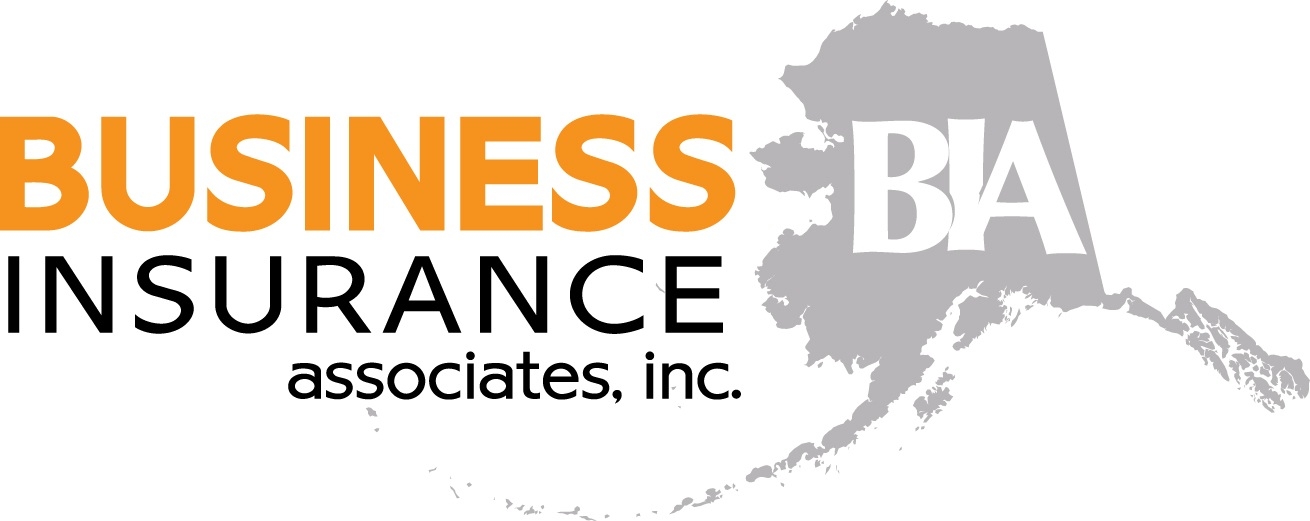
Managing Subcontractor Certificates
We’ve often written and discussed the need to properly manage your subcontractor risk exposures, it’s an in depth practice and there’s a lot to think about. One of the key elements of managing that exposure, is managing subcontractor certificates.
Technology has made available a wide range of products to accomplish this and in many cases its included in accounting or project management software as a feature. Even a basic accounting system such as Quick Books, has a feature to track subcontractor certificates. For those who might not utilize subcontractor certificate tracking software, you can still have a system and policies and procedures for tracking these certificates.
The primary reason to track subcontractor certificates is to confirm the subcontractor has the appropriate insurance policies in place and they meet the required limits and project specific endorsements (ie. risk transfer mechanisms) that are necessary.
There are two bad things that can happen when you don’t. First, the subcontractor has an insurance lapse and causes a liability claim on your project or has a worker injured, either of which pose risks to you. This has happened, it’s not a hypothetical scenario.
Second, the subcontractor has an insurance lapse and later down the road when you do your audit, you have subcontractor costs shifted into uninsured subcontractor costs (aka payroll) and you end up paying additional premiums. This could happen long after the subcontractor has collected payment and is off to the next project, leaving you to absorb that costs directly from your profit margin.
There are many aspects to managing subcontractor risk exposures, but it all begins with taking advantage of the risk management transfer mechanisms available (ie. contracts and contractually required endorsements) and monitoring and tracking subcontractor insurance certificates.
At Business Insurance Associates, we provide our clients with a knowledgeable partner and resources, including training on monitoring insurance certificates, negotiating insurance terms in contracts, identifying flow down provisions in contracts, and managing subcontractor and vendor risks. For more information contact our office, we’re solving tomorrow’s challenges today.
